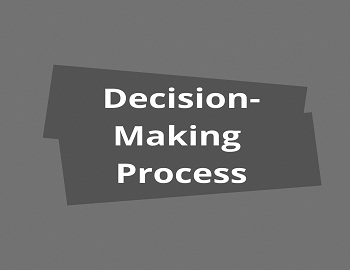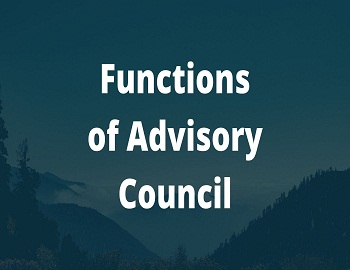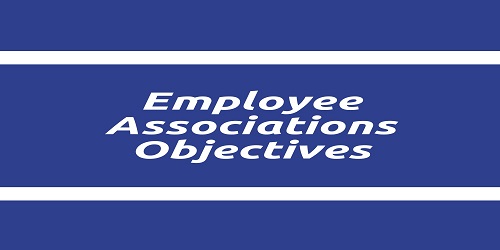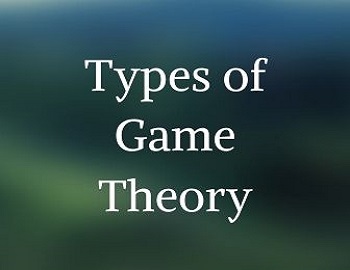Decision-Making Process:
Now, the question arises, how the decisions are taken? In fact, decision-making is a complicated process. It is a very lengthy affair, spreading over a number of stages or sub-processes. Unless we study thoroughly these sub-processes, we cannot draw meaningful inferences. Let us first clarify the meaning of the term process. Process refers to “the sum of the particular techniques, methods, procedures, and strategies- conscious or unconscious- by which a given decision is made”. According to Lasswell, there are seven functional stages through which all the decisions are processed. These are-
(1) Information, which includes problem identification and income search.
(2) Recommendation, including formulation of alternatives.
(3) Prescription, i.e. sanctioned selection of alternatives.
(4) Invocation, i.e. Provisional enforcement.
(5) Application, i.e. Specific implementation.
(6) Appraisal, monitoring and review of a decision and its effects.
(7) Termination, renewal, revision or repeal.
James A. March and Herbert have, however, distinguished four kinds of processes of decision-making namely-
(1) Problem-Solving.
(2) Persuasion.
(3) Bargaining.
(4) Politics.
According to them two of these four processes might combine in decision-making. Various scholars have believed that certain social processes operate in the making of a decision while Ricker talks of coalition making, Bentley of interest pressure group interaction and Almond and Coleman of interest aggregation, Karl Deutsch concentrates on communication. Dahl and Lindblom describe four social control processes i.e.
(1) Hierarchy (control of non-leaders by leaders).
(2) Bargaining (control of leaders by other leaders).
(3) Polyarchy(control of leaders by non-leaders).
(4) The price mechanism (qualitative but decentralized combination of leaders and non-leaders).
According to these thinkers, types of mutual adjustment include manipulation, negotiation and bargaining. In the words of James A. Robinson and R. Roger Majak, “Social aspects of decision-making process appear to be particularly significant in the prescription, invocation and application stages, in which various disjointed individuals, groups and organisations must consolidate their interests and arrive at a common decision”.
William Ricker had laid stress on the quasi-mechanical processes of this approach. Quasi-mechanical process refers to those sub-processes which are the result of such factors as rules and regulations of an organisation, laws and constitutions of the country and of many other kinds of institutions. According to Robinson and Majak, “Quasi-mechanical processes are characterized particularly by decision-makers unconscious of their decision-making roles”. The advocates of this approach maintain that decisions can never result from anyone single process, these are always the outcome of a combination of two or more processes.









Comments (No)